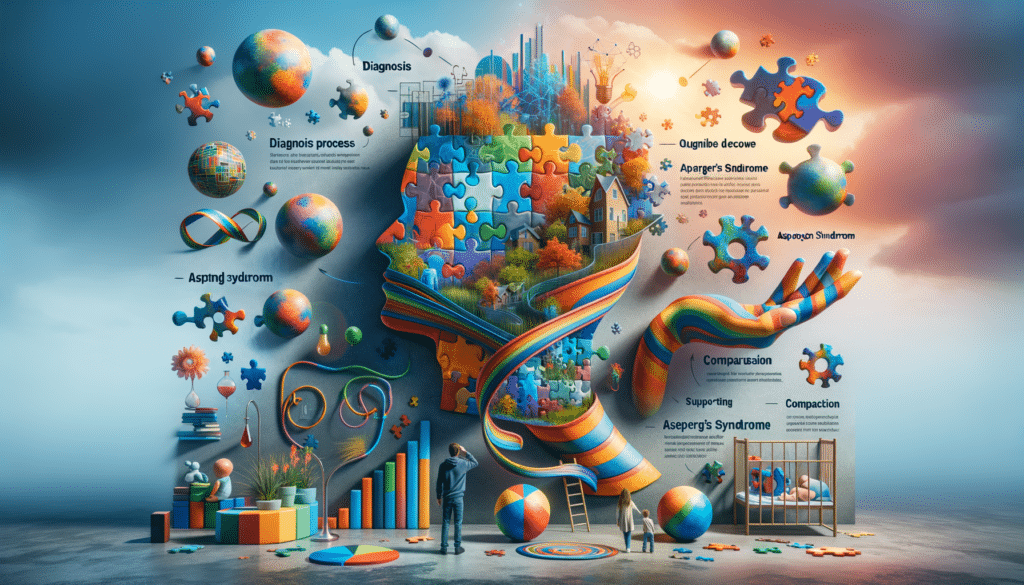What is Autism and How is it Diagnosed?
Autism Spectrum Disorder (ASD) is a complex developmental condition that affects how a person communicates, interacts, and behaves. It is called a “spectrum” disorder because it encompasses a wide range of symptoms and levels of impairment. Diagnosing autism can be challenging due to its multifaceted nature and the diversity of symptoms that individuals may exhibit.
The diagnosis of autism is typically made by a team of healthcare professionals, including psychologists, neurologists, and developmental pediatricians. They use a combination of behavioral assessments and developmental history to evaluate the individual. Common diagnostic tools include the Autism Diagnostic Observation Schedule (ADOS) and the Autism Diagnostic Interview-Revised (ADI-R). These tools assess various aspects such as social interaction, communication skills, and repetitive behaviors.
Early diagnosis is crucial as it allows for timely intervention, which can significantly improve outcomes. Parents and caregivers are often the first to notice developmental differences in their children, such as delayed speech or a lack of interest in social interactions. If such signs are observed, seeking a professional evaluation is recommended.
Do Children Grow Out of Autism?
A common question among parents is whether children can “grow out” of autism. While autism is a lifelong condition, the symptoms and challenges associated with it can change over time. With appropriate interventions and support, many individuals with autism can lead fulfilling lives and achieve a high degree of independence.
Children with autism may experience improvements in communication, social skills, and adaptive behaviors as they grow older. This progress is often the result of early intervention programs, such as speech therapy, occupational therapy, and behavioral therapies like Applied Behavior Analysis (ABA). These interventions are designed to enhance communication, socialization, and daily living skills.
It is important to note that while some individuals may show significant improvements, others may continue to face challenges throughout their lives. The key is to provide continuous support and tailored interventions that address the specific needs of the individual. The goal is not to “cure” autism, but to help individuals reach their full potential.
How to Support a Family Member with Autism
Supporting a family member with autism requires understanding, patience, and empathy. Creating a supportive environment can make a significant difference in their quality of life. Here are some ways to provide support:
- Educate Yourself: Learn about autism and its various manifestations. Understanding the condition can help you better support your family member.
- Communicate Effectively: Use clear and concise language. Be patient and give them time to process and respond.
- Establish Routines: Consistent routines can provide a sense of security and predictability, which is often comforting to individuals with autism.
- Encourage Social Interaction: Facilitate opportunities for socialization in a supportive setting. Encourage participation in group activities or social skills groups.
- Seek Professional Help: Collaborate with therapists and educators to create a comprehensive support plan tailored to the individual’s needs.
By fostering a nurturing environment and being proactive in seeking resources, you can help your family member with autism thrive and lead a meaningful life.


